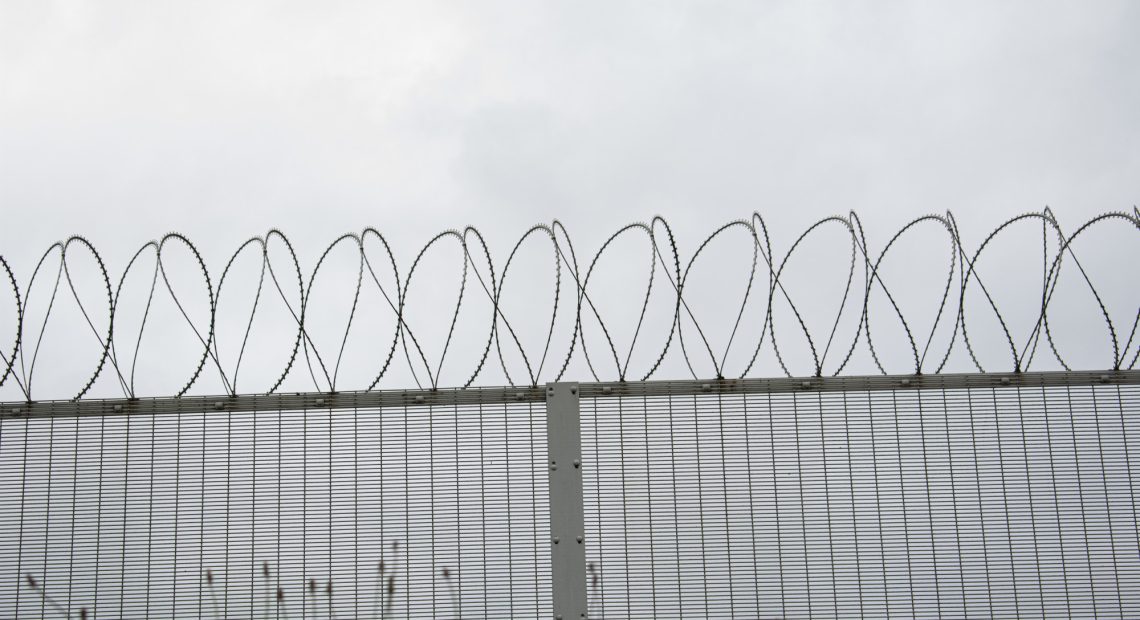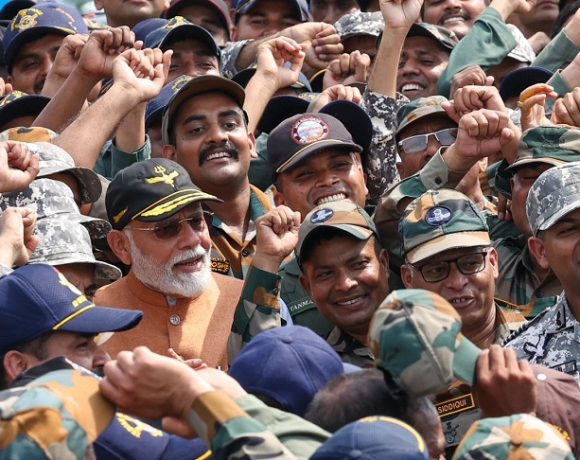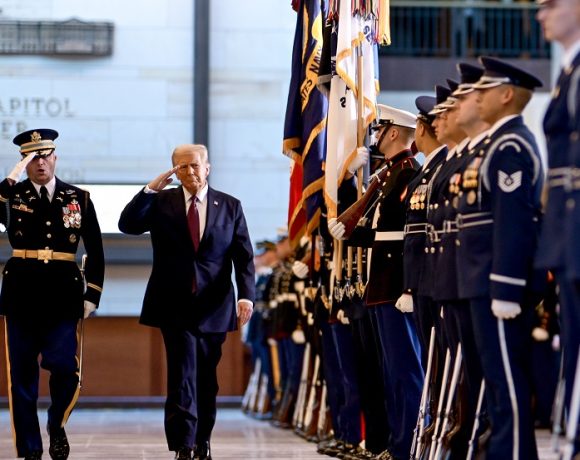
Pakistan Fires at LoC Again; China Backs Islamabad
Tensions between India and Pakistan have escalated dramatically following the deadly Pahalgam terror attack, which claimed the lives of 26 Indian tourists. In a fresh provocation, Pakistani forces have fired upon Indian positions along the Line of Control (LoC) for the third consecutive day, prompting strong retaliatory action from Indian troops in the Tutmari Gali and Rampur sectors of north Kashmir.
The National Investigation Agency (NIA) has taken over the probe into the Pahalgam attack, identifying terror outfits Lashkar-e-Taiba (LeT) and its proxy The Resistance Front (TRF) as the main perpetrators. Authorities are focusing on dismantling the broader conspiracy behind the assault.
Pakistan LoC Firing Escalates
India has implemented strong measures in response to the attack and subsequent provocations. The government suspended the Indus Waters Treaty and closed the only operational land border at Attari, signaling a clear diplomatic and strategic pushback against Islamabad. These moves have further deepened bilateral tensions, setting off a chain reaction across diplomatic circles.
Meanwhile, Pakistani forces have continued unprovoked ceasefire violations at the LoC, seemingly attempting to shift international attention away from its internal complicity in fostering cross-border terrorism. The Indian Army has responded with calibrated precision, destroying enemy posts involved in the firing.
China Backs Pakistan Amid Rising Tensions
China has openly thrown its weight behind Pakistan amid the growing crisis. In a diplomatic exchange, Chinese Foreign Minister Wang Yi conveyed Beijing’s firm support for Pakistan’s sovereignty and security interests. China called for an “impartial investigation” into the Pahalgam attack and urged both India and Pakistan to exercise maximum restraint.
However, China’s involvement goes far beyond diplomatic lip service. Over the last few years, Beijing has played a crucial role in enhancing Pakistan’s military infrastructure along the LoC. This includes building steelhead bunkers, supplying Unmanned Aerial Vehicles (UAVs) and Combat Aerial Vehicles (CAVs), establishing encrypted communication systems, and deploying advanced radar installations, giving Pakistan a technological edge in border confrontations.
Pahalgam Attack Fallout and Strategic Ramifications
The situation remains volatile. Both countries continue exchanging fire along the LoC, while diplomatic relations are sinking to new lows. India’s internal agencies are focusing on pre-emptive counterterrorism strategies, and additional reinforcements have been deployed in sensitive sectors along the border.
The international community has expressed concern over the deteriorating security environment in South Asia, urging for restraint and peaceful resolution. However, the combination of Pakistan’s escalatory tactics and China’s strategic backing suggests a challenging road ahead for diplomatic reconciliation.
As India faces simultaneous provocations militarily and diplomatically, New Delhi’s strategy appears increasingly centered around isolating Pakistan on the world stage and countering Chinese influence in the region, reinforcing the need for robust national security mechanisms.


















